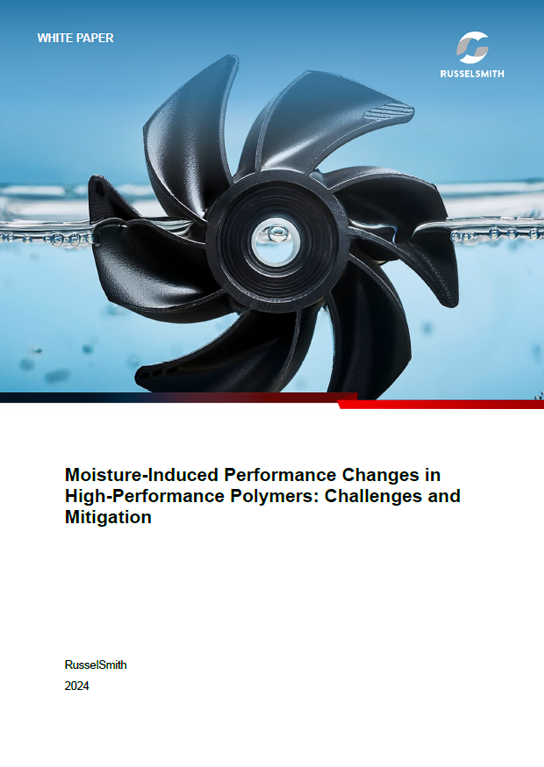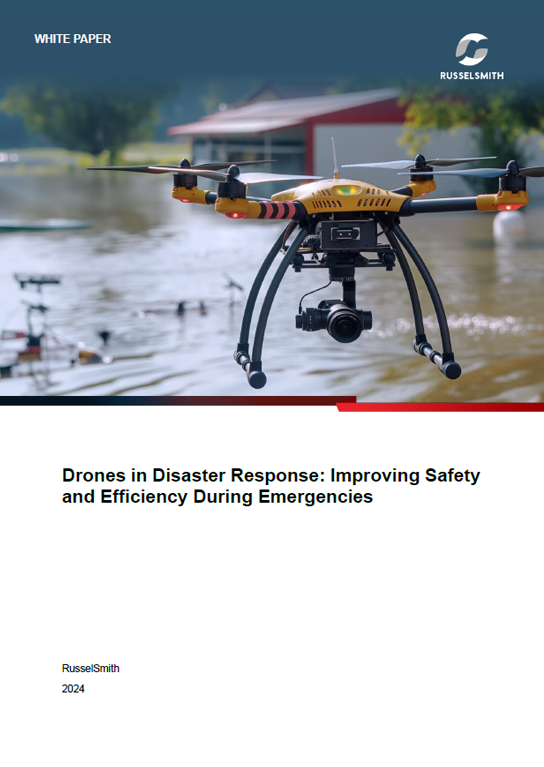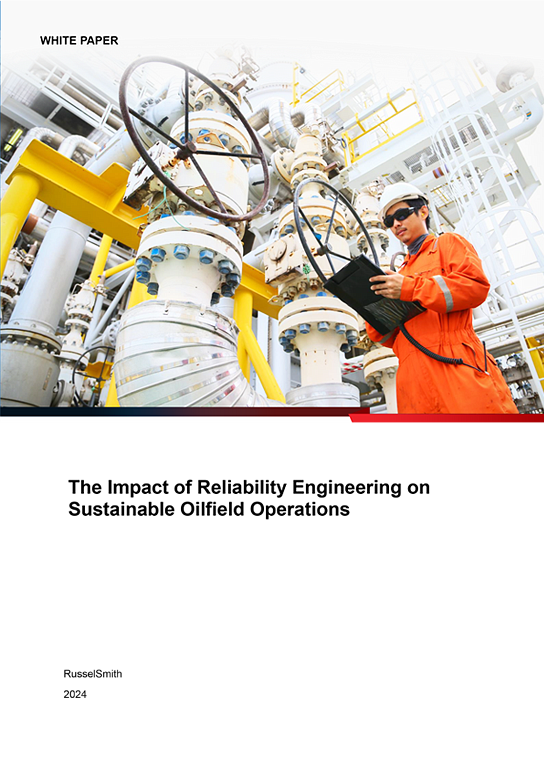Moisture-Induced Performance Changes in High-Performance Polymers: Challenges and Mitigation
In this white paper, we look at how moisture absorption affects polymer materials used in the oil and gas industry. The paper covers the mechanisms of moisture penetration, how it leads to mechanical degradation, and increased permeability. Particular focus is placed on 3D-printed polymer parts, where microstructures can accelerate moisture absorption.
We also outline key strategies to mitigate moisture-related damage and improve durability.
Drones in Disaster Response: Improving Safety and Efficiency During Emergencies
Drones are rapidly becoming essential tools in disaster response, due to their speed, ability to navigate difficult terrains easily, and precision in gathering real-time data over large areas. Our white paper, “Drones in Disaster Response: Improving Safety and Efficiency During Emergencies,” explores how this technology is transforming the way emergency response activities are coordinated during and after natural disasters.
The Impact of Reliability Engineering on Sustainable Oilfield Operations
Safety, reliability, and environmental responsibility are top concerns in the oil and gas industry, due to the impact that these factors have on workers, communities, production, and environmental sustainability.
This white paper explores the role of reliability engineering in ensuring safe, efficient, and sustainable oilfield operations.
Non-Contact Magnetometric (NCM) Inspection as an Alternative to In-line Inspection (ILI) for Steel Pipelines
Non-contact magnetometric (NCM) inspection of pipelines is an affordable and effective solution for evaluating the technical state of pipelines where in-line inspection (ILI) is considered challenging or impossible.
This white paper takes a look at common situations that hinder the use of ILI and other pipeline inspection methods, while explaining the features and mode of operation of NCM technology, and its unique benefits.
Improving Material Performance with Microstructural Refinement:
A Focus on Additive Manufacturing’s Potential in Oil & Gas Applications
This whitepaper dives into the typical limitations related to the large columnar microstructures associated with conventional metal manufacturing practices, which can result in service failures of cast components in the oil & gas industry. It also explores the potential benefits of additive manufacturing (AM) in mitigating these challenges by achieving equiaxed microstructures, which lead to improved part performance.
Read more to learn about the pivotal role that microstructural engineering can play in unlocking new levels of part efficiency in the oil and gas industry, setting new standards for performance optimization.





